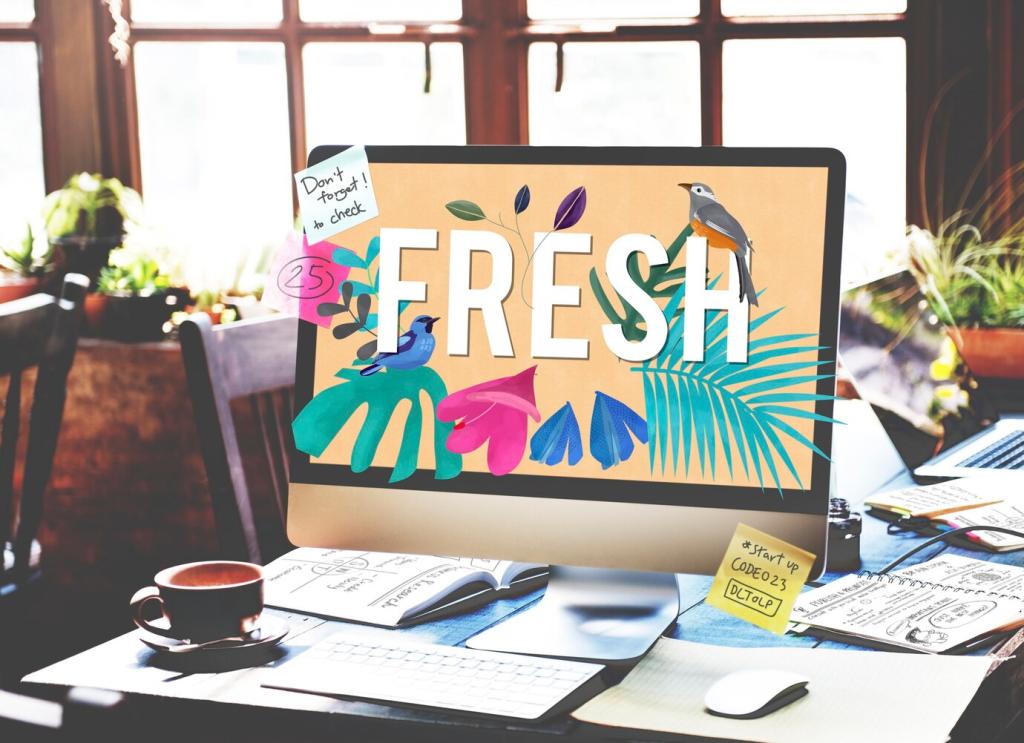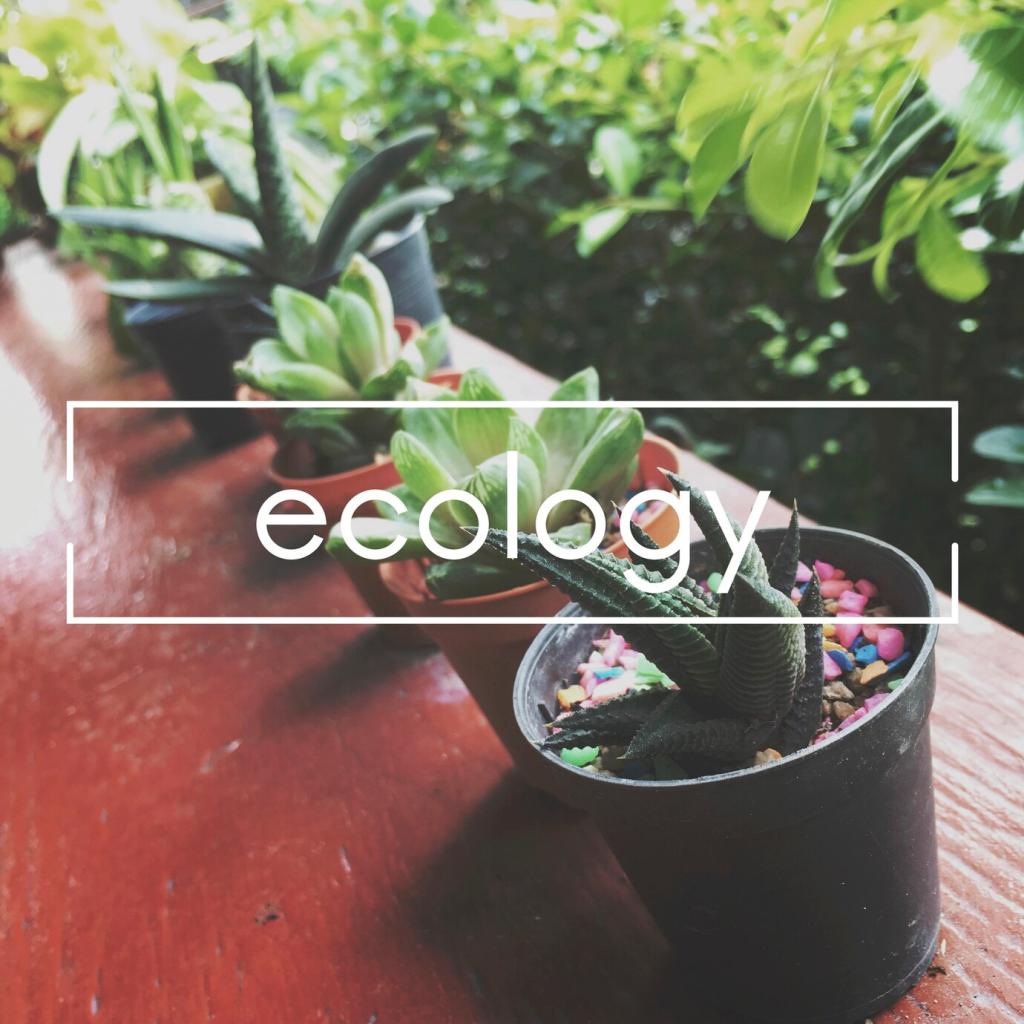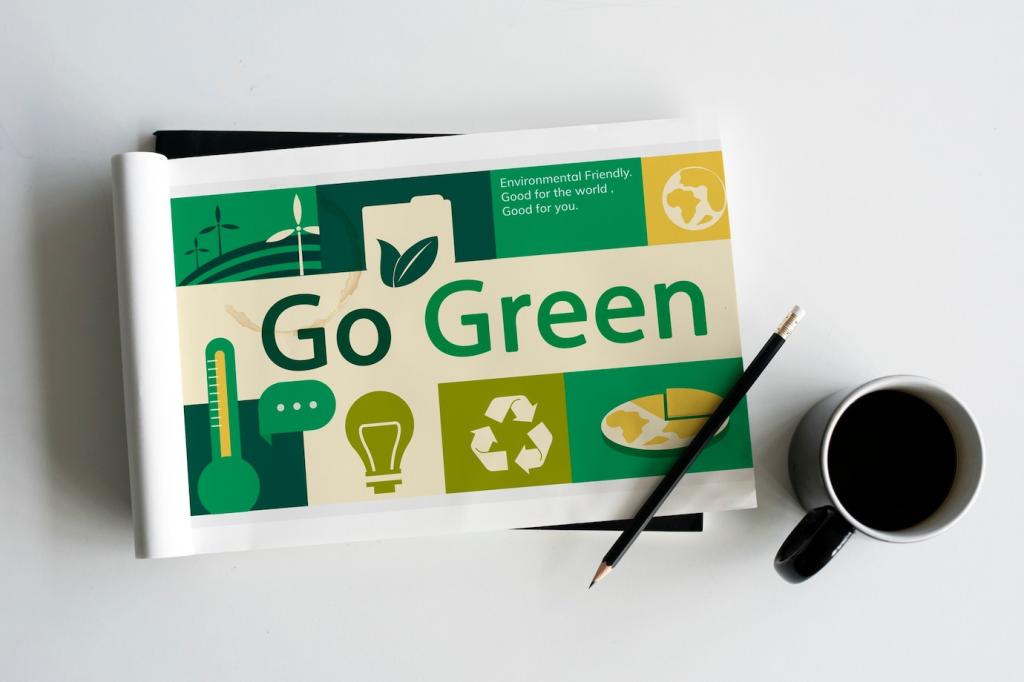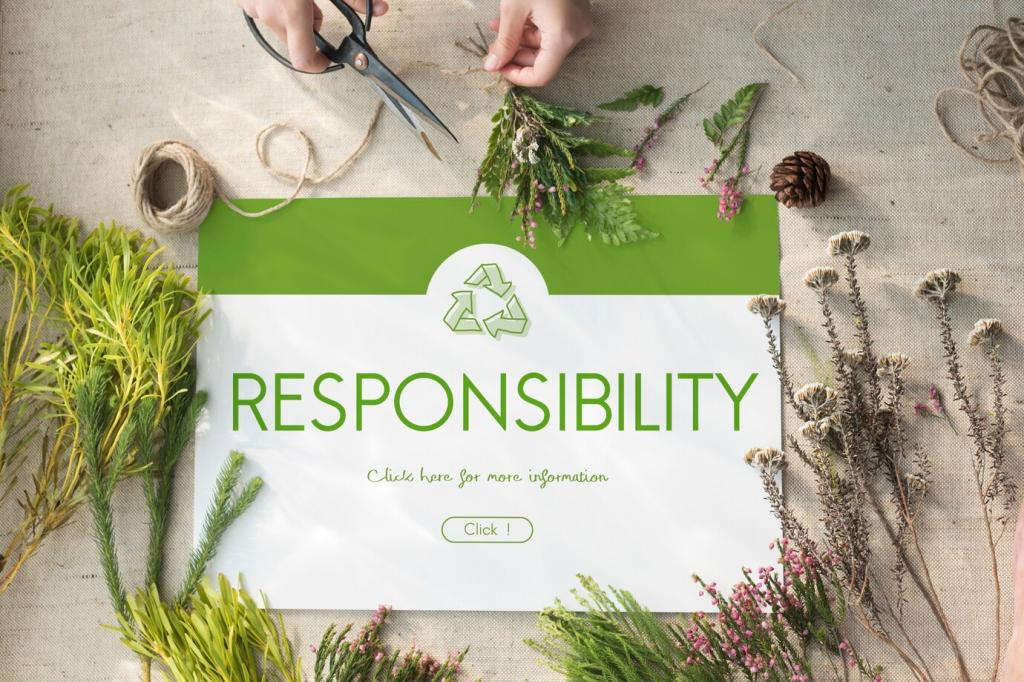
Words That Grow Forests: Environmental Branding through Text
Chosen theme: Environmental Branding through Text. Welcome to a home for purposeful language, where every sentence can plant trust, cut waste, and help people choose better. Join our community, share your voice, and subscribe for weekly prompts, case stories, and practical frameworks that turn eco-intent into clear, credible, and human copy.
Tone that Builds Trust
Trust grows when brands sound human, knowledgeable, and accountable. Swap lofty claims for specific guidance, use warm clarity over moralizing, and invite conversation rather than perfection. Comment with a line you trust from a favorite eco-forward brand and tell us why it works.
A Sustainable Lexicon, Not Buzzwords
Buzzwords fade; precision lasts. Replace “green” with verifiable terms like “FSC-certified paper,” “closed-loop aluminum,” or “repairable parts.” Words should point to actions and proof. Share your go-to term that turns ambiguity into meaning, and we’ll feature it in an upcoming post.
Storytelling that Makes Sustainability Tangible
Instead of claiming responsibility, show how your coffee travels: farm name, altitude, cooperative vote, and transit footprint. Link data, quote partners, and offer receipts. Share your favorite origin detail and why it helped you care more deeply.
Storytelling that Makes Sustainability Tangible
Honesty outperforms perfection. Admit trade-offs, timelines, and setbacks alongside progress. Contrast last year’s recycled content with this year’s target and your path to get there. Would you subscribe for monthly progress notes from your favorite brands?


Voice, Tone, and Style: Your Green Language System
Ban vague claims like “eco-friendly” unless defined. Prefer concrete, comparable numbers and timelines. Provide context that helps readers weigh options. Would your team use a shared glossary template if we published one next week?
Voice, Tone, and Style: Your Green Language System
Use active verbs and measurable nouns: “We switched to 85% post-consumer fiber in May 2025” beats “We care about the planet.” Link to audits and certifications. Drop a line if you want our audit-ready phrasing checklist.



Channel Craft: From Packaging Panels to Pixels
In-store words must be scannable and decisive. Use icons with direct captions, show disposal steps, and add QR codes for deeper proof. What’s one phrase you’d put on a shelf talker to guide a faster, better choice?

A/B Testing with Purpose
Test a call to action that names the benefit and the behavior: “Refill to save $ and waste” versus “Try our refill.” Measure returns, not vanity clicks. Share your latest test, and we’ll help interpret the results.

Comprehension and Readability
Run quick comprehension checks with five readers. If two stumble, simplify. Aim for accessible reading levels without losing accuracy. Want our readability rubric? Comment “RUBRIC” and we’ll send it in the next newsletter.
Mini Case Stories: Small Edits, Big Environmental Wins
The Refill Label That Doubled Return Rates
A home care brand replaced “Refill available” with “Return this bottle at the counter—save $2 today.” Simple, direct, immediate benefit. Returns doubled in three weeks. Share a line you’d rewrite on your own packaging.
Flyers That Became Invitations
A city cleanup flyer swapped blame for belonging: “Join neighbors Saturday—bags, gloves, and hot cocoa on us.” Attendance rose, and litter sorting improved. What welcoming detail would you add to your next event note?
From Carbon Claims to Plain Deeds
An energy provider moved from “carbon neutral” headlines to “We closed Plant 3 and expanded wind by 22% in 2024.” Customer trust scores climbed. Tell us a fuzzy phrase you plan to retire.
Inclusive, Accessible, and Global
Readability and Neurodiversity
Break long paragraphs, use headings, and offer summaries. Avoid sensory overload and provide clear next steps. Plain language helps everyone act. Would a one-page accessibility checklist help your team publish faster and kinder?
Multilingual and Local Nuance
Translate concepts, not just words. Local recycling rules, units, and idioms matter. Co-create with regional partners. Ask readers to correct you. Which market should we create a localization guide for next?
Alt Text, Captions, and Quiet Spaces
Add alt text describing environmental context and action, not just objects. Caption videos that teach disposal or repair steps. Design for quiet reading. Share your best alt text example, and we’ll showcase it.
Calls to Action that Empower, Not Shame
CTAs that Match Intent
Frame actions by benefit and timing: “Repair in 15 minutes with our guide” beats “Fix your wasteful habits.” Invite, don’t scold. Post your favorite empowering CTA and inspire others in the comments.
Make the Next Step Obvious
Place the CTA where the decision happens: at the bin, checkout, or product page. Provide tools, time estimates, and costs. Subscribe for templates you can paste into your flows today.
Celebrate Progress, Invite Feedback
Close the loop with gratitude and next steps: “You returned a bottle—thank you. Here’s a map of refill stations near you.” What celebration message would make you repeat the action tomorrow?
